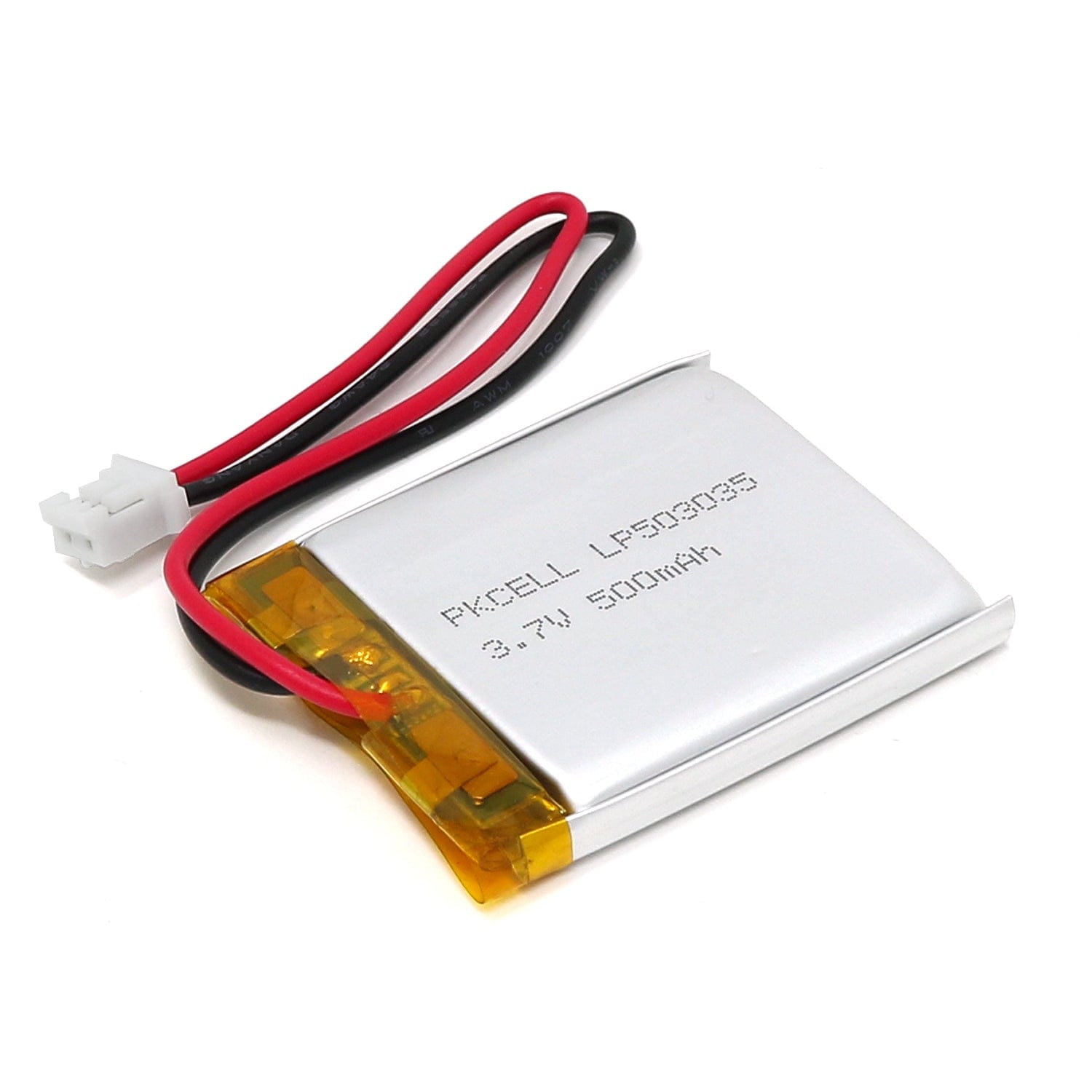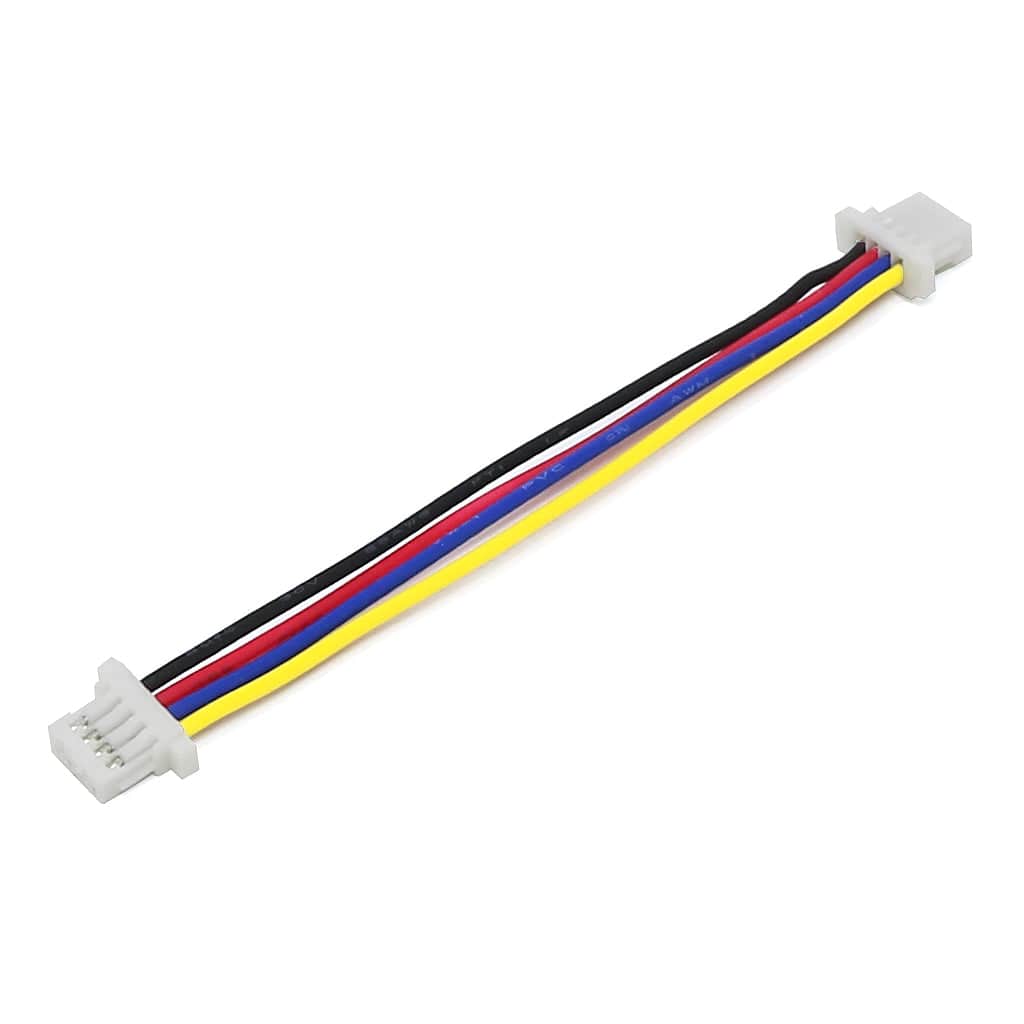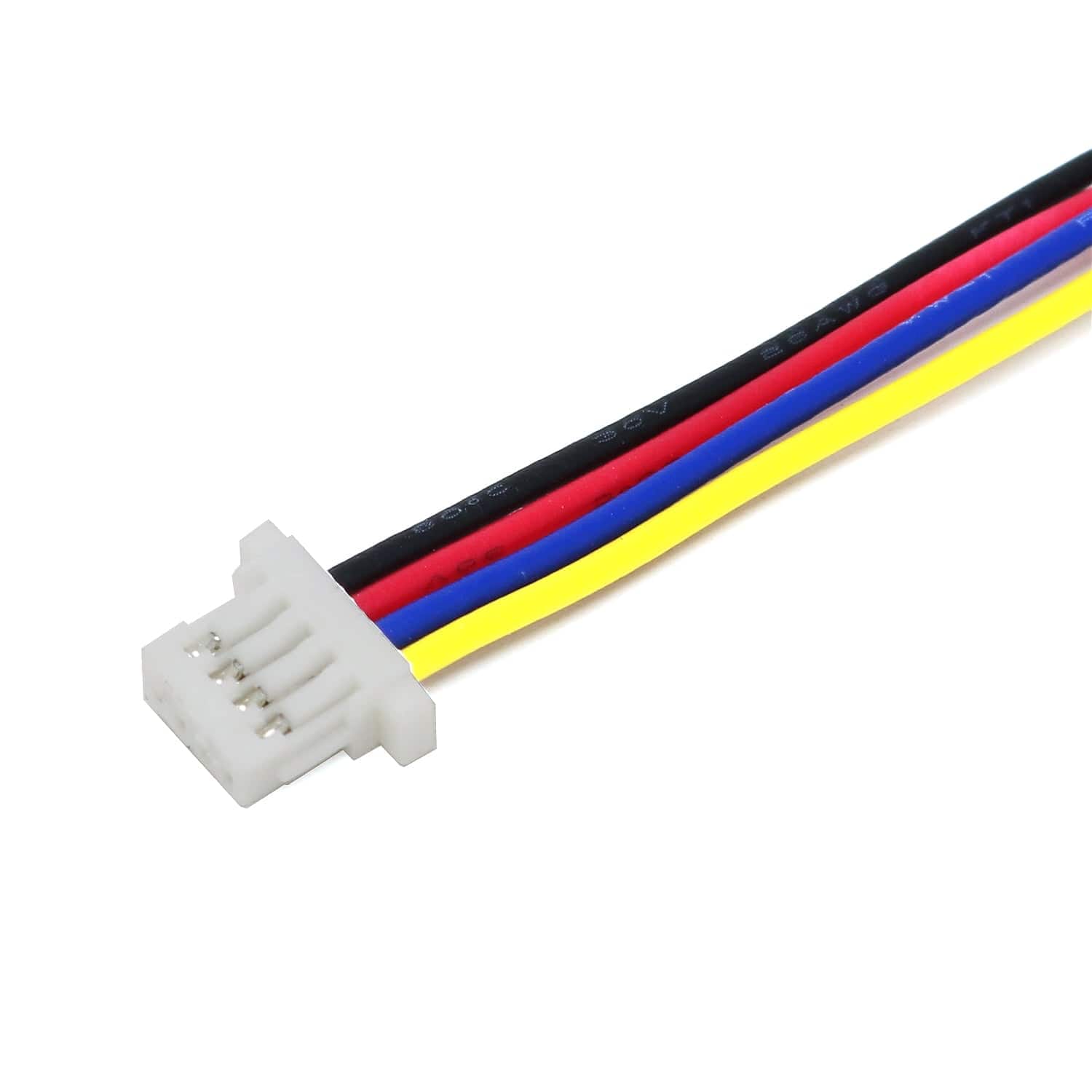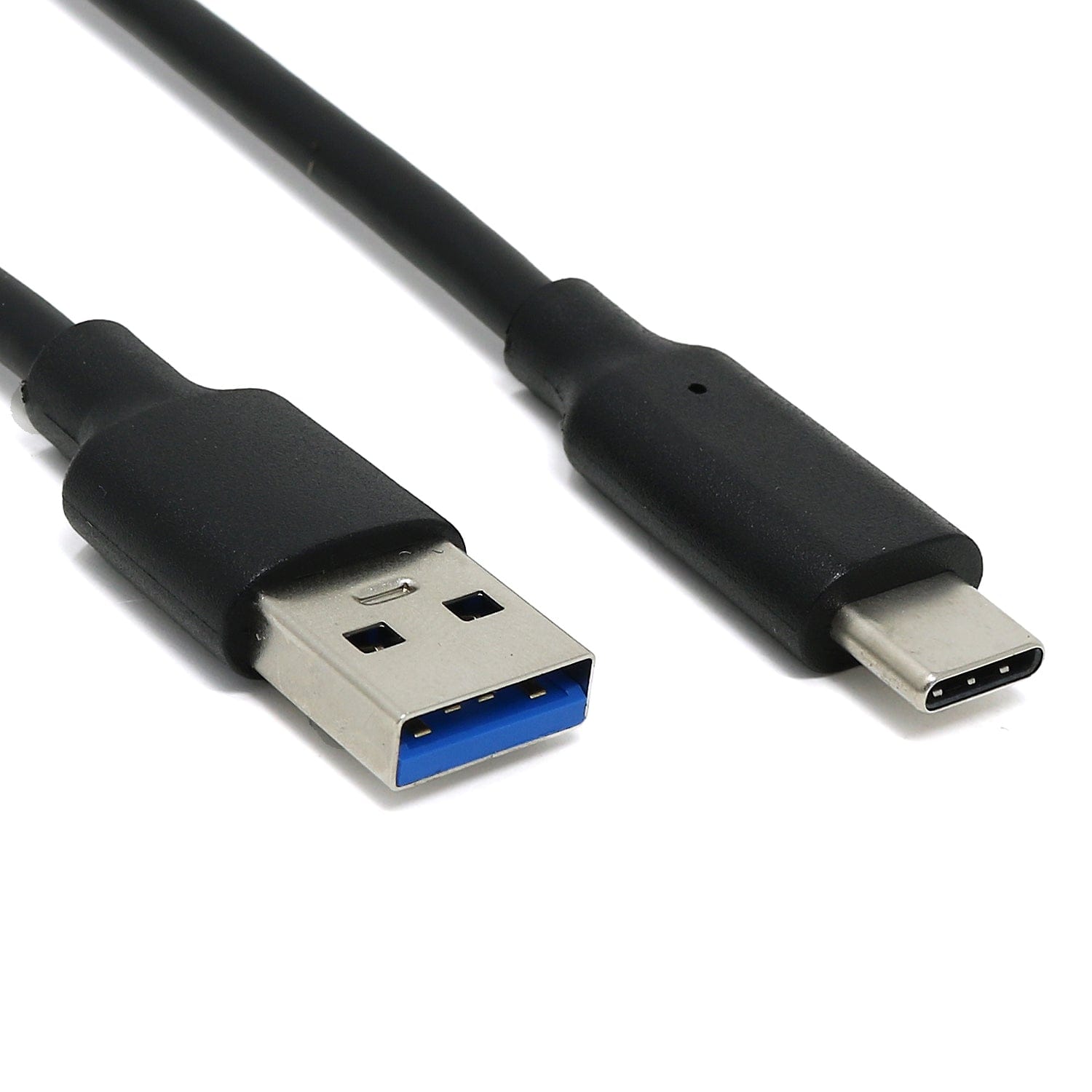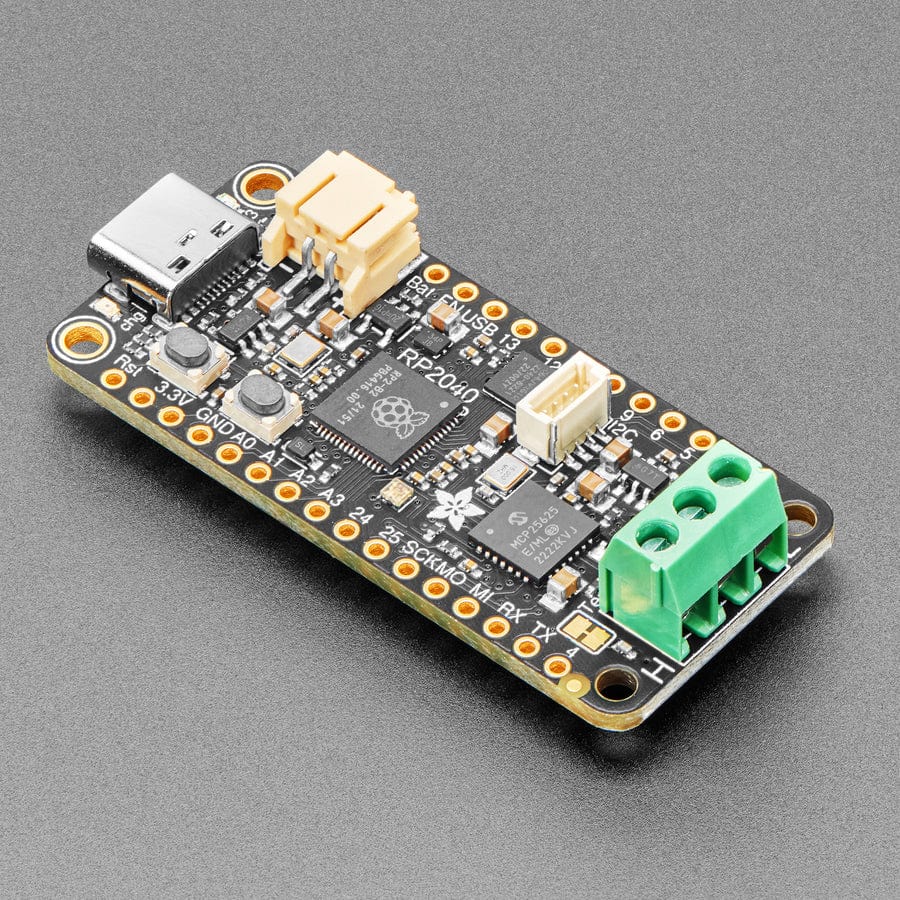
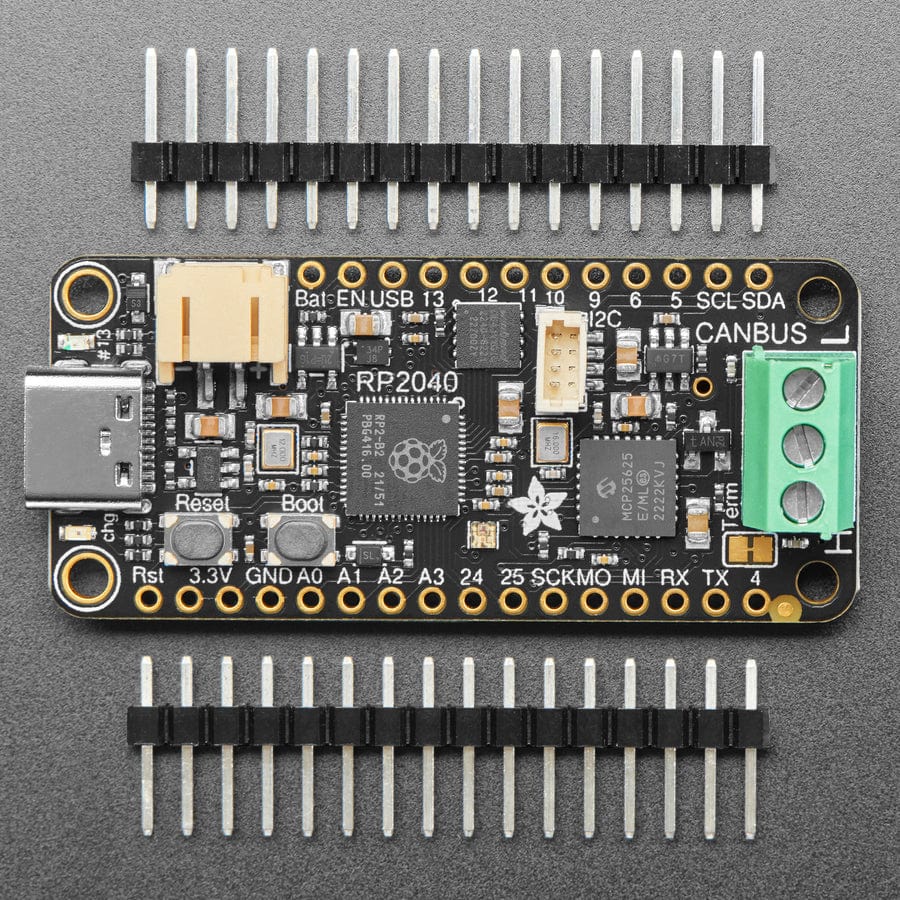
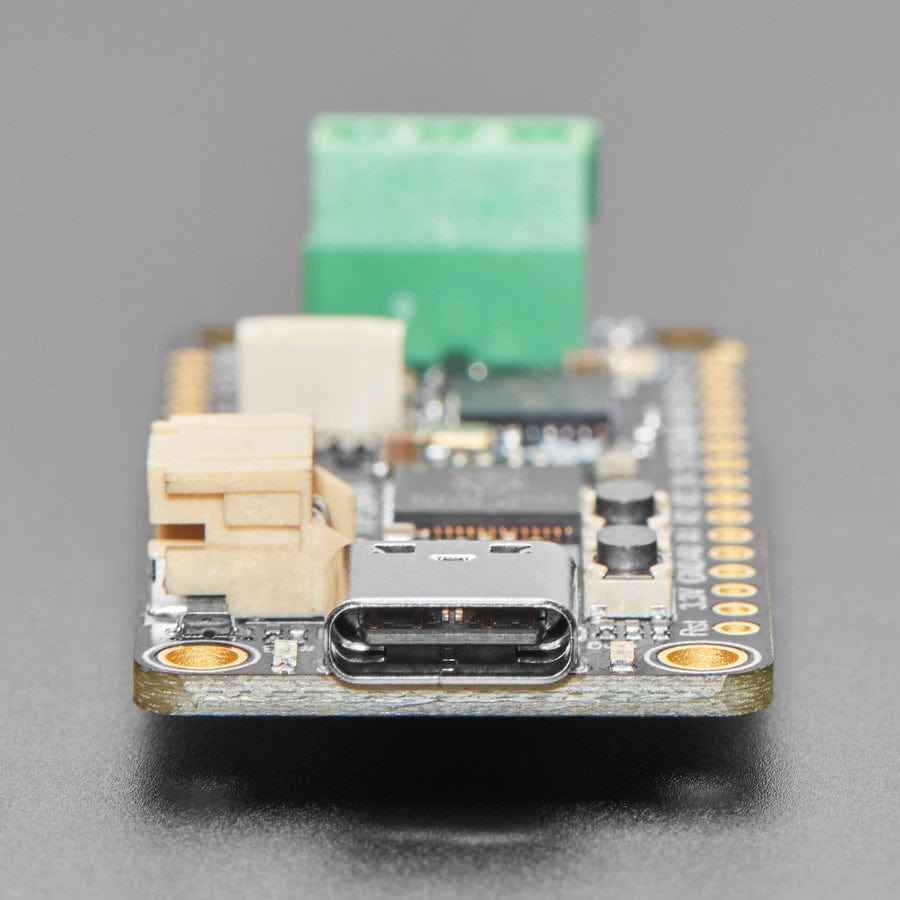
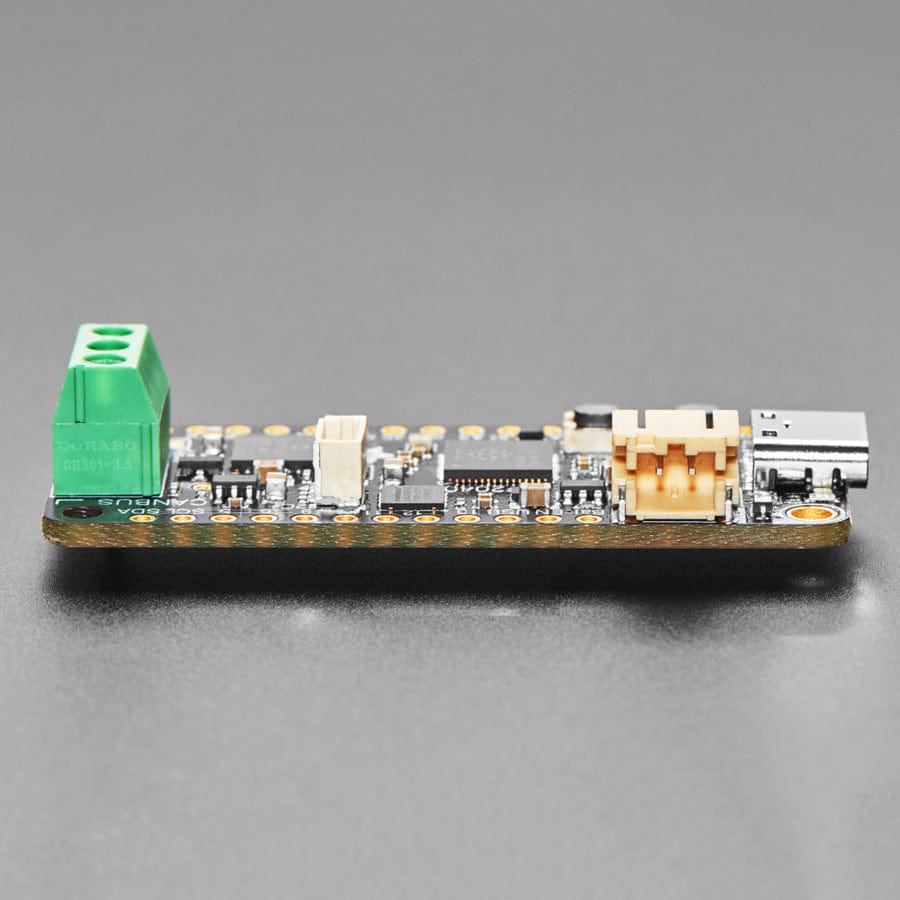
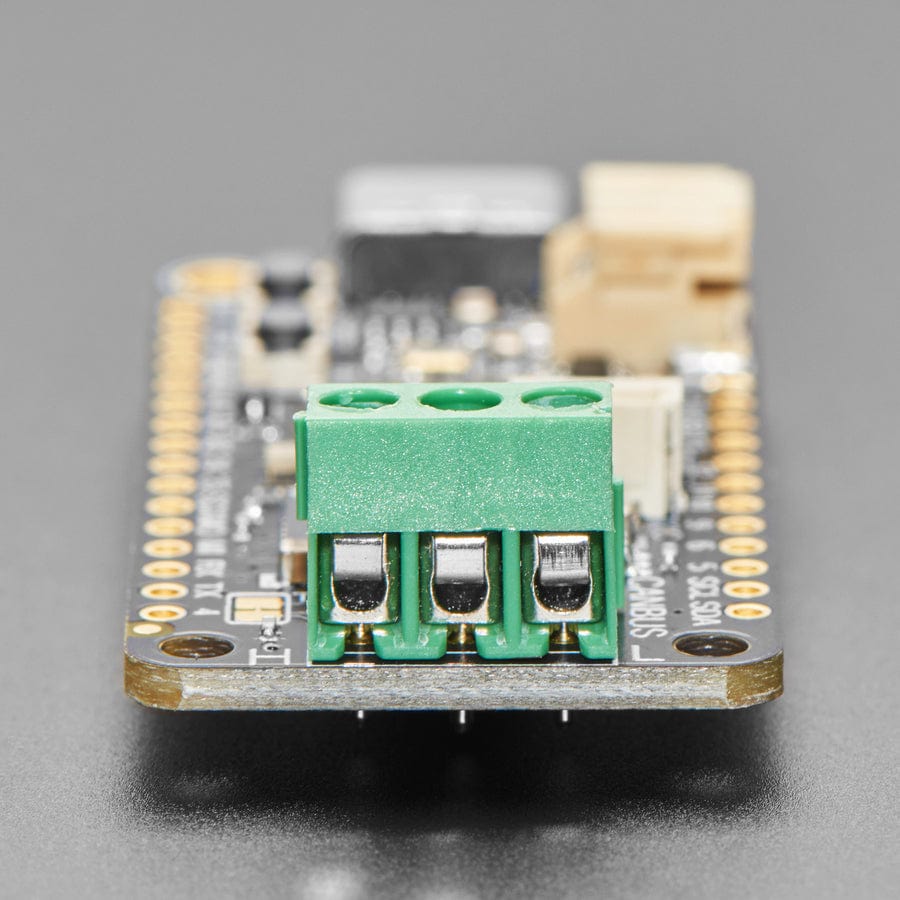
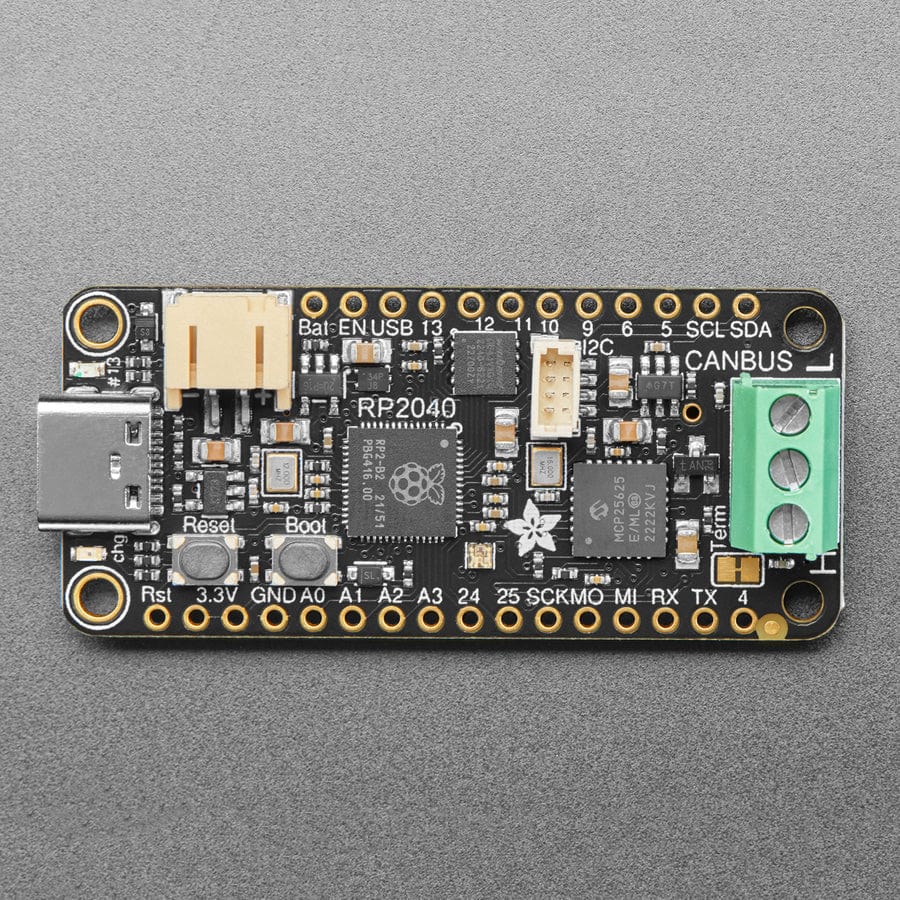
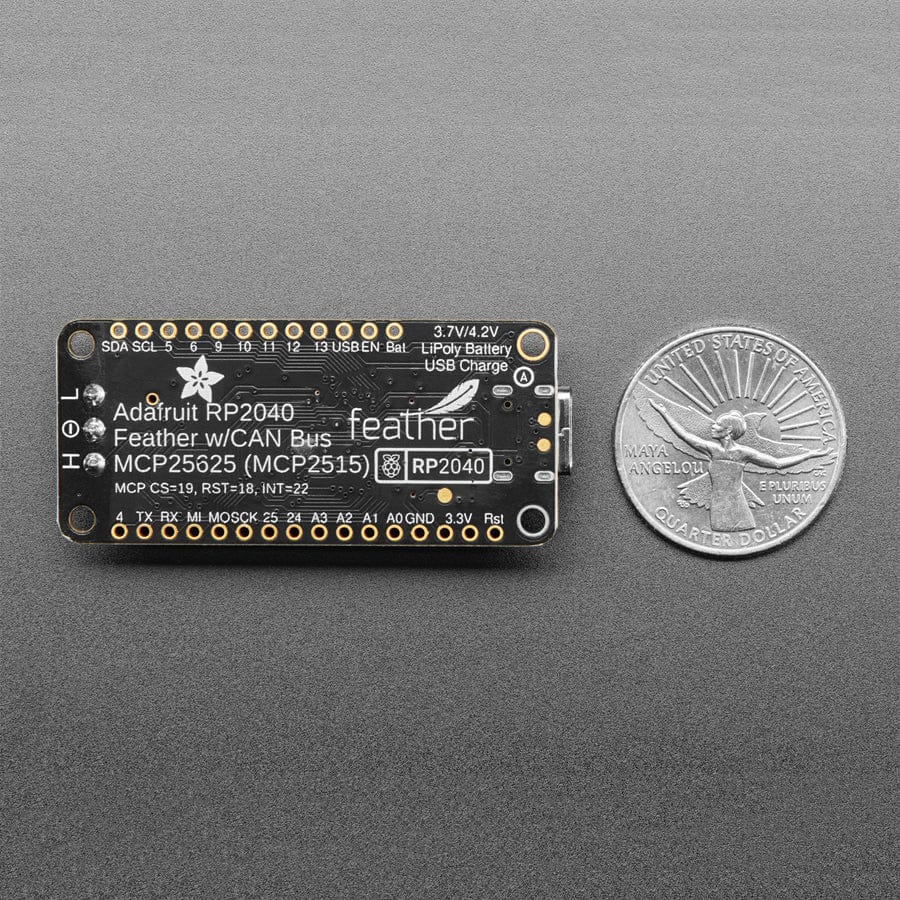
Login / Signup
Cart
Your cart is empty
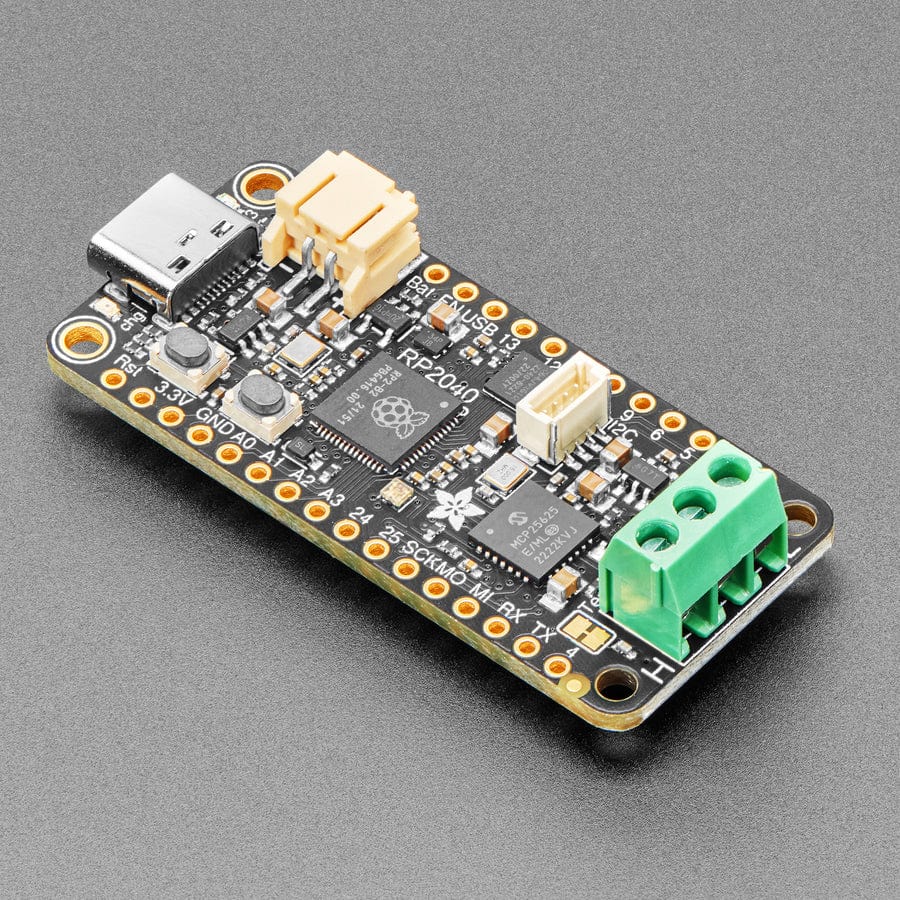
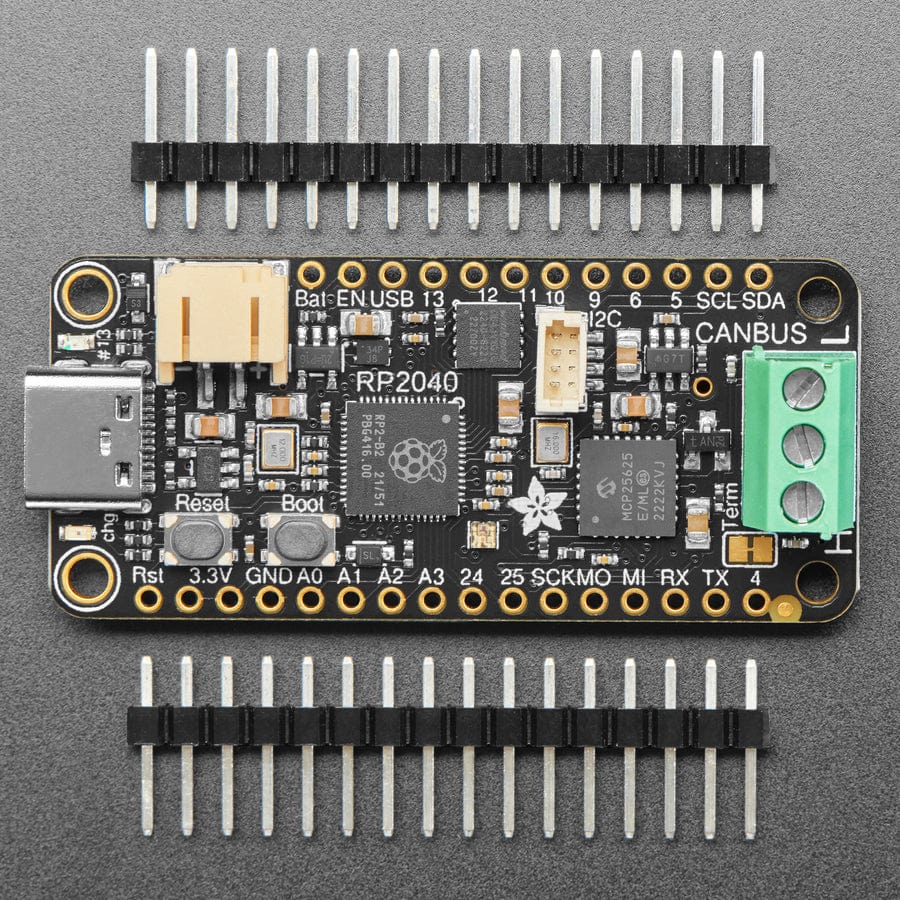
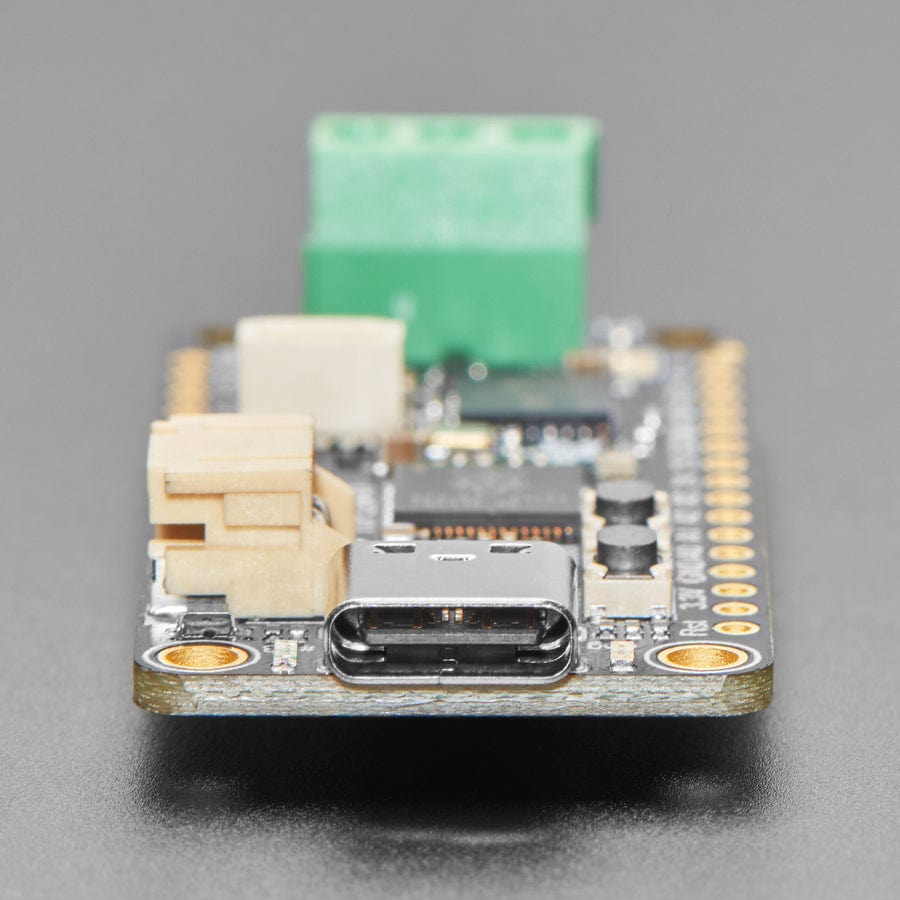
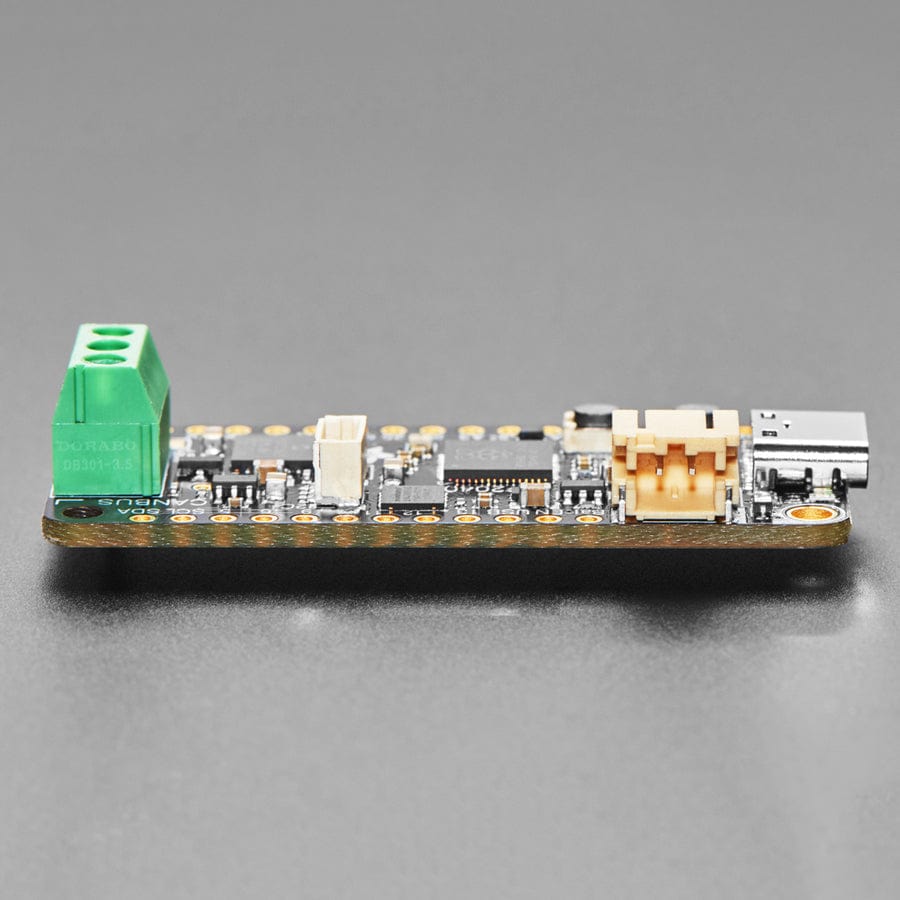
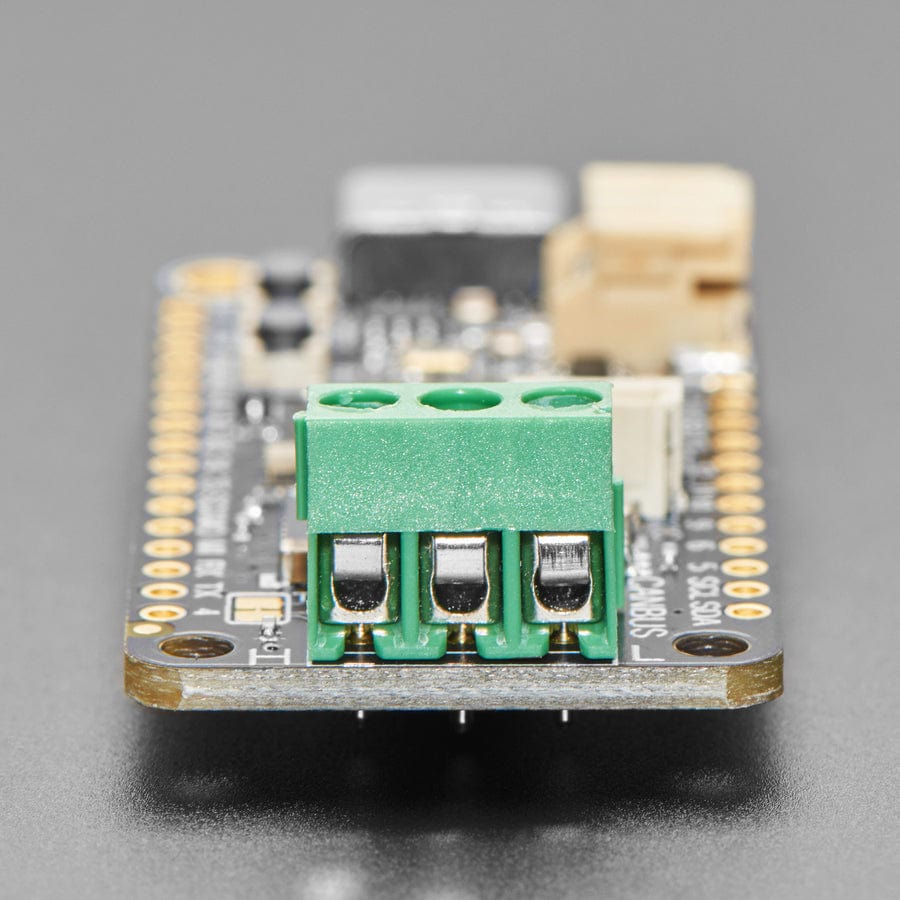
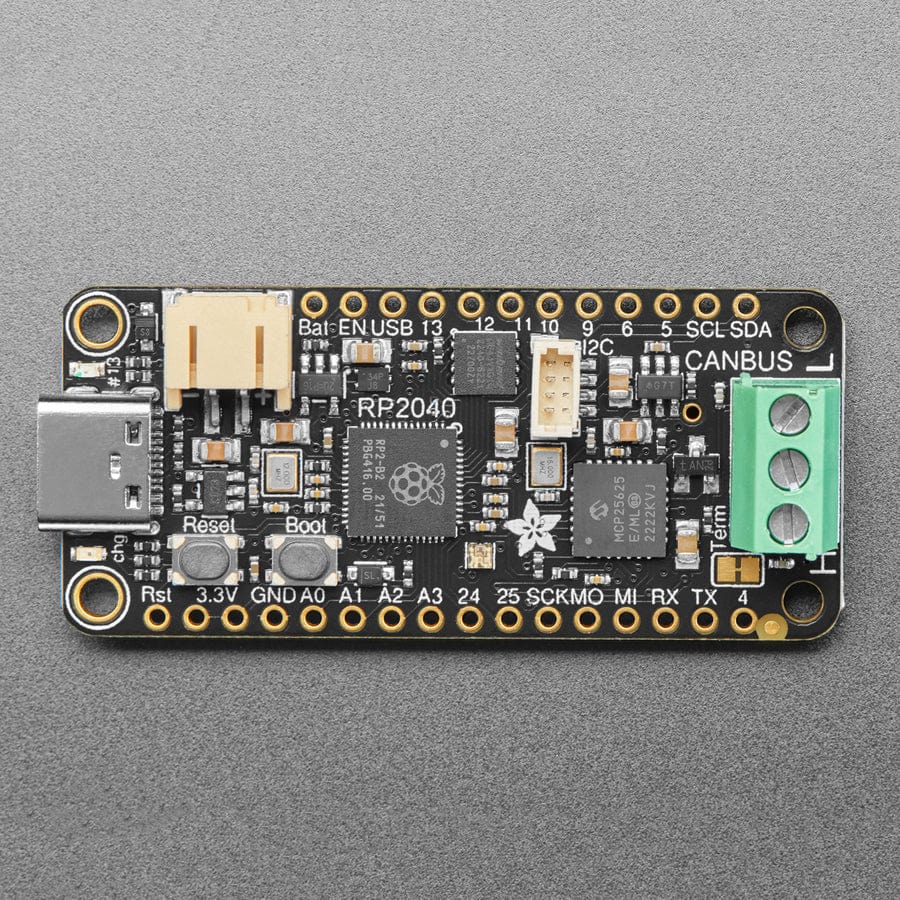
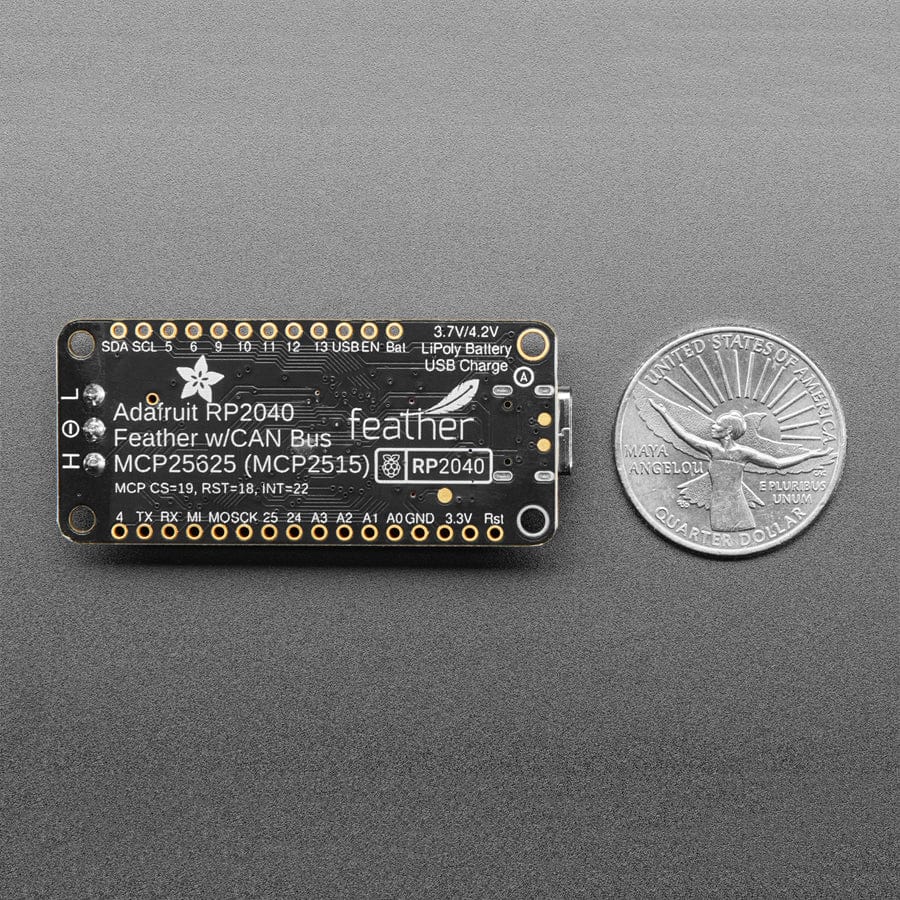
If you'd like quickly get started with CAN bus interfacing, with no soldering required, our Adafruit RP2040 CAN Bus Feather comes ready-to-rock with a microcontroller, CAN chipset, and terminal blocks for instant gratification. The controller used is the MCP25625 (aka an MCP2515 with built-in transceiver), an extremely popular and well-supported chipset that has drivers in Arduino and CircuitPython and only requires an SPI port and two pins for chip-select and IRQ. Use it to send and receive messages in either standard or extended format at up to 1 Mbps.
Feather is the development board specification from Adafruit, and like its namesake, it is thin, light, and lets you fly! We designed Feather to be a new standard for portable microcontroller cores. We have other boards in the Feather family, check'em out here.
CAN Bus is a small-scale networking standard, originally designed for cars and, yes, busses, but is now used for many robotics or sensor networks that need better range and addressing than I2C and don't have the pins or computational ability to talk on Ethernet. CAN is 2 wire differential, which means it's good for long distances and noisy environments.
Messages are sent at about 1Mbps rate - you set the frequency for the bus and then all 'joiners' must match it, and have an address before the packet so that each node can listen in to messages just for it. New nodes can be attached easily because they just need to connect to the two data lines anywhere in the shared network. Each CAN device sends messages whenever it wants, and thanks to some clever data encoding, can detect if there's a message collision and retransmit later.
We've added a few nice extras to this Feather to make it useful in many common CAN scenarios:
At the Feather's heart is an RP2040 chip, clocked at 133 MHz and at 3.3V logic, the same one used in the Raspberry Pi Pico. This chip has a whopping 8 MB of onboard QSPI FLASH and 264K of RAM! There's even room left over for a STEMMA QT connector for plug-and-play of I2C devices.
To make it easy to use for portable projects, we added a connector for any of our 3.7V Lithium polymer batteries and built in battery charging. You don't need a battery, it will run just fine straight from the USB Type C connector. But, if you do have a battery, you can take it on the go, and then plug in the USB to recharge. The Feather will automatically switch over to USB power when it's available.
Comes assembled and tested, with some header. You'll need a soldering iron to attach the header for installation onto your Feather. Stacking headers will let you put another FeatherWing on top.








